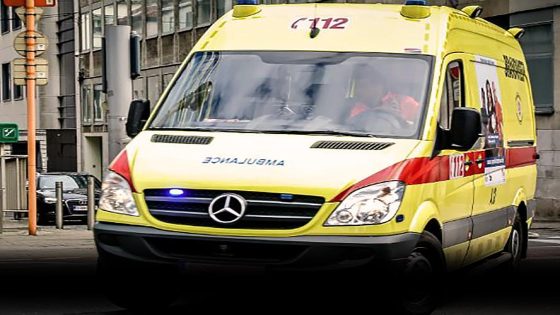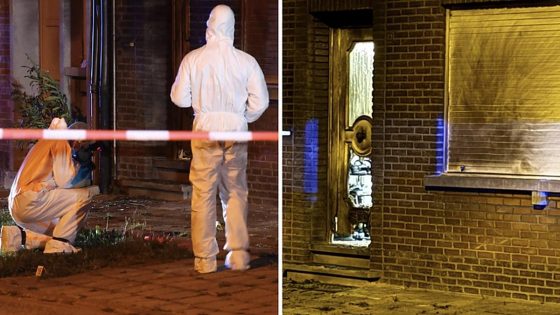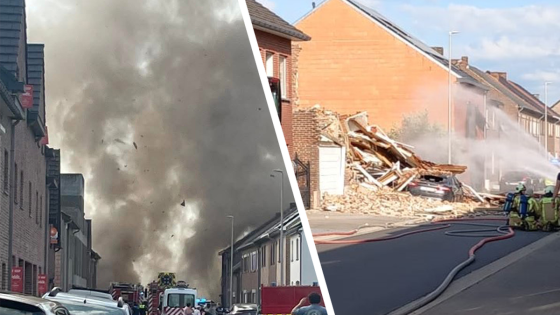New siren sound regulations in Brussels, effective since 1 January 2025, limit ambulance sirenes to 100 decibels during the day and 90 decibels at night for new vehicles. Existing ambulances have until 2029 to comply, but concerns have already emerged about the impact on emergency response times. On 2025-07-29 17:37:00, the head of Croix Rouge ambulance services, Jean-François Calloud, highlighted the challenges these rules pose for first responders.
- Nieuwe geluidsregels beperken sirenevolume tot 100 dB
- Ambulancediensten ervaren tragere en onveilige interventies
- Incidenten door minder hoorbare sirenes nemen toe
- Ambulanciers verliezen flexibiliteit in sirenegeluidkeuze
- Brussel hanteert strengere normen dan rest België
- Geluidsoverlast verminderen met bewust gebruik sirenes
Calloud warns that quieter sirenes may reduce driver awareness, leading to slower and less safe ambulance interventions. Recent incidents include an ambulance involved in an accident where the driver admitted not hearing the siren due to loud music. How can emergency teams maintain speed and safety if their sirens go unheard? And does limiting siren volume truly balance noise reduction with urgent medical needs?
These questions frame the ongoing debate in Brussels, where the new rules apply but differ from the less strict standards in Flanders and Wallonia. The following summary explains the local impact and what might come next.
Is reducing siren noise worth the possible delay in emergency care? Calloud suggests the issue is not just volume but also siren variety and driver awareness. Key points include:
- Ambulances now use only one siren tone, fixed at 100 decibels, reducing flexibility.
- Some drivers fail to hear sirens, especially when distracted by music or traffic noise.
- Ambulances are sometimes blocked at intersections because only nearby drivers hear the siren.
- Brussels is the only Belgian region enforcing these stricter limits, creating inconsistency nationwide.
Looking ahead, authorities and emergency services must balance noise reduction with patient safety. Could enhanced driver education and smarter siren use offer solutions? Brussels may need to revisit these regulations to ensure ambulances can respond quickly without creating excessive noise.

































